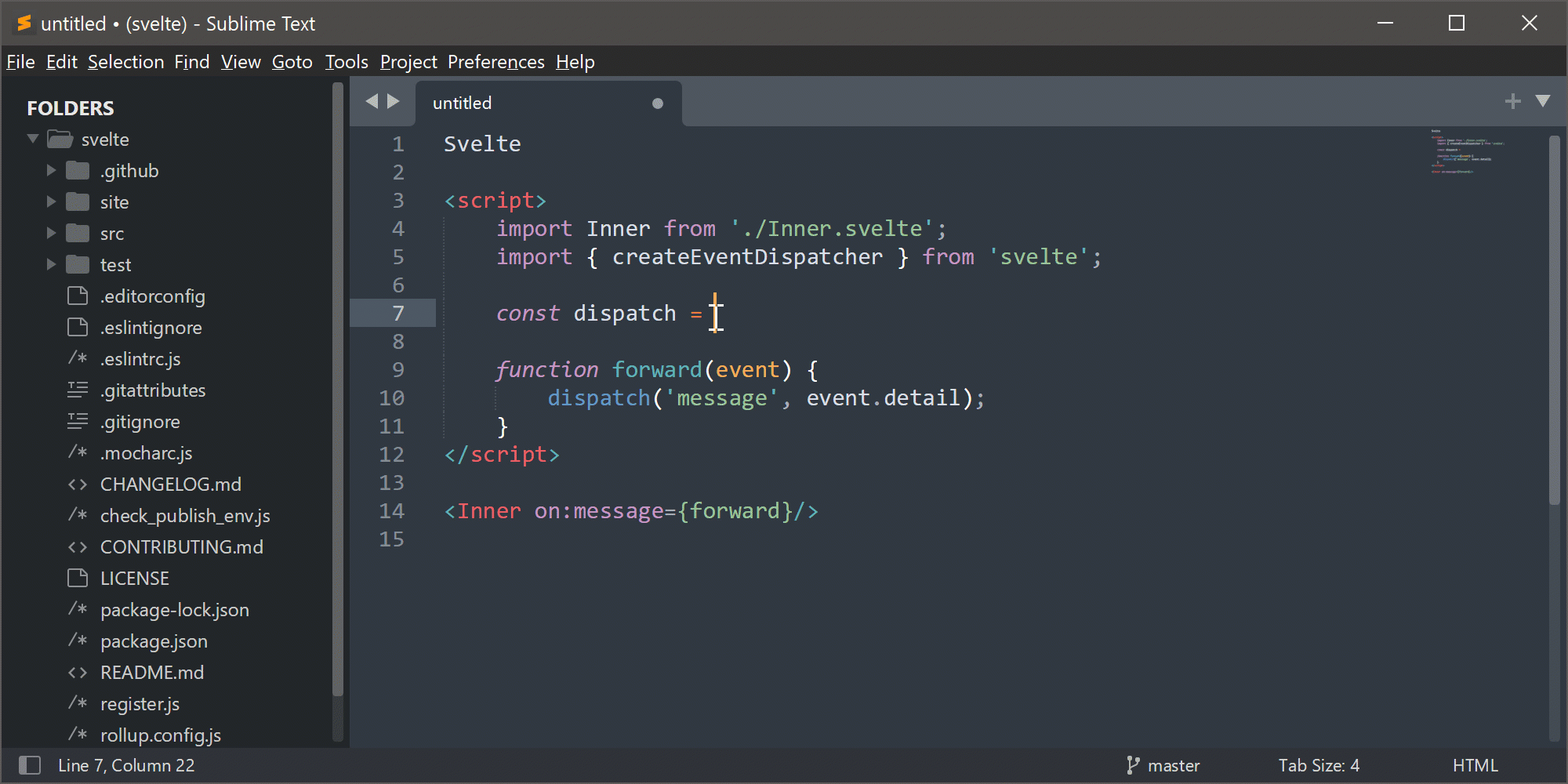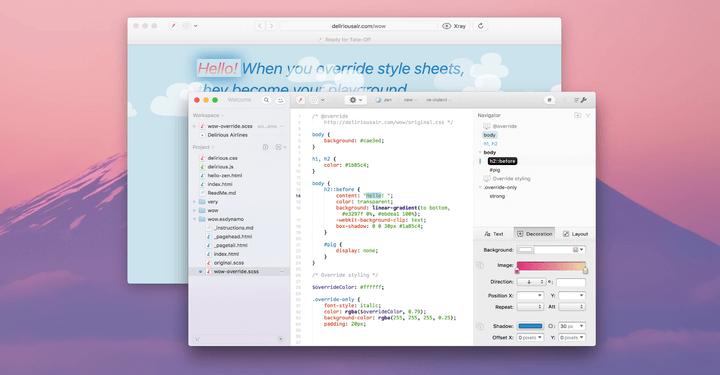
- SET SUBLIME AS DEFAULT TEXT EDITOR MAC HOW TO
- SET SUBLIME AS DEFAULT TEXT EDITOR MAC INSTALL
- SET SUBLIME AS DEFAULT TEXT EDITOR MAC DOWNLOAD
We can see that it has found the default editor link and now in the texbox. select Local Disk (C:) or your main drive.We would rather change the whole default editor for Filezilla. We don’t want that custom file association. click Filetype associations under File editing headingīecause we picked on a php file, it said use Notepad because that is the default editor.It’s a pretty simple editor, and there’s not a lot of functionality in this editor. You can see index.php has opened in Notepad, but Notepad is just black and white. That’s probably what you might have already done in the past. select Use default editor for text files.The first thing we see is a popup window that tells us: N o program has been associated to edit files with…. hover over the file to be edited on the Remote system.Notice our Local files on the left-hand side of the screen and the our Remote files on the right hand-side. open up a profile (which means we are connecting).
SET SUBLIME AS DEFAULT TEXT EDITOR MAC INSTALL
I have not made any changes to this fresh install of Filezilla other than putting a profile in here. “Hi, I’m Robbie Adair, and this is OSTips from OS Training. It’ll only take you a few seconds to do this, and in this video I show you how.

Well, you can change that Notepad default inside of Filezilla so that it always opens up in your preferred editor. Maybe you would prefer TextWrangler or Sublime. So have you been in Filezilla trying to edit your files whether they’re php files or text files, and it always opens up in Notepad? It’s really frustrating to find things, because there’s no color coding. a folder in your Home directory), you'd have to change to use the appropriate path.Today we’re going to talk about Filezilla, and a really cool little trick that’ll make your life much easier. If you have installed Sublime Text in an alternate location (such as in ~/Applications, i.e. You may want to refer to this excellent post to learn in detail:

Most folks prefer using a command-line editor which makes the overall workflow much simpler as everything gets done then and there without leaving the Terminal. Whether it's a recommended approach or not is a matter of personal preference.
SET SUBLIME AS DEFAULT TEXT EDITOR MAC HOW TO
Now that was about how to configure and use the desired editor. Write your commit message, save the file (you can use keyboard shortcut Command + S), and quit the editor. Sublime Text should be opened for you to enter the commit message. Now make sure that the editor is not running, go to the Terminal, change to the directory containing your repository, stage some changes, and run the commit command. Specified the path for the executable and not the app bundle.īackslash-escaped the space characters present in the path. Run the following command to do so: git config -global core.editor "/Applications/Sublime\ Text.app/Contents/MacOS/Sublime\ Text" Now, we'll use the executable's path above to set it as the editor for git command to use for writing commit message. Once installed, this should be the path of the Sublime Text.app bundle and the editors executable file respectively:Īpp bundle: /Applications/Sublime Text.appĮxecutable: /Applications/Sublime Text.app/Contents/MacOS/Sublime Text (Assuming that in case 1, you have copied the Sublime Text.app bundle into the /Applications folder as instructed). Once you have the app installed, it should be available under /Applications directory on your Mac. If you use Homebrew, you can install it via Homebrew Cask by running the following command-line in Terminal.app in macOS:
SET SUBLIME AS DEFAULT TEXT EDITOR MAC DOWNLOAD
You can install it using either of the following:ĭownload it from the official website from the download page.


Start by making sure you have Sublime Text for macOS installed on your computer.


 0 kommentar(er)
0 kommentar(er)
